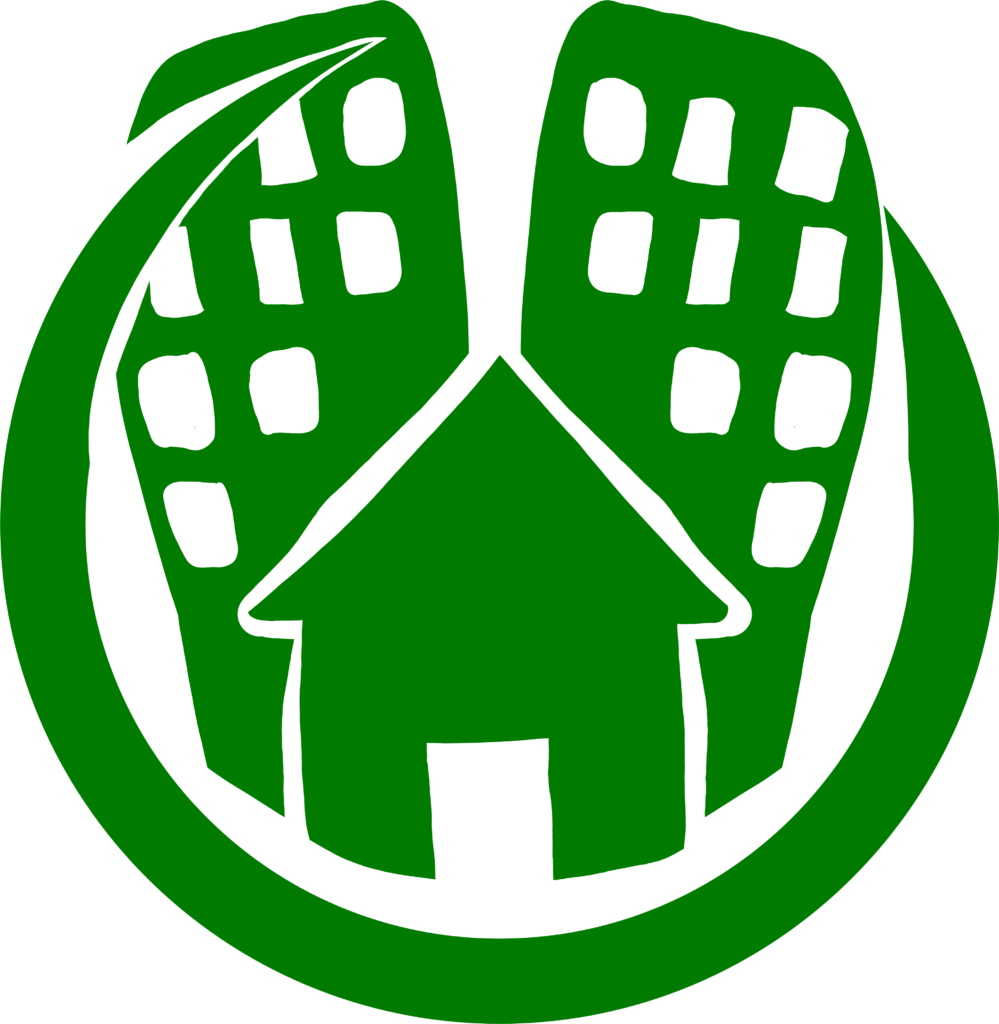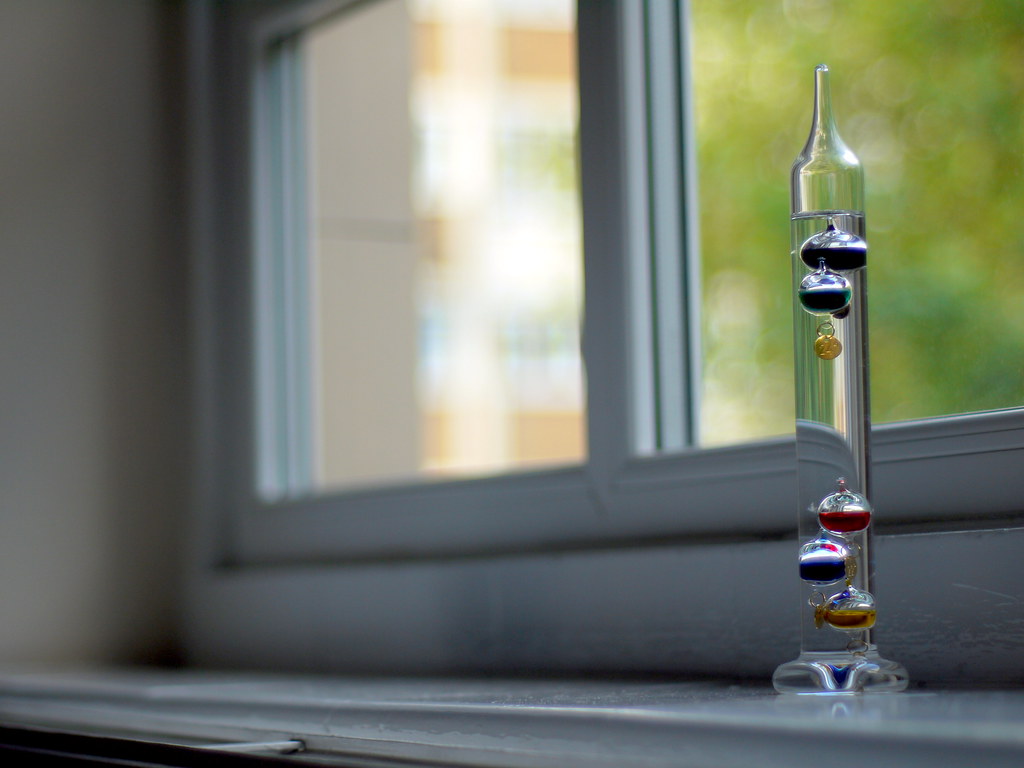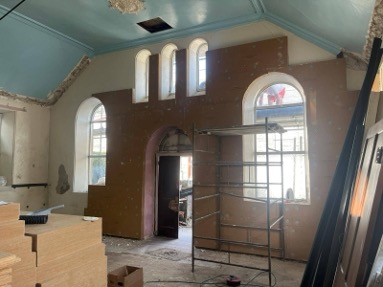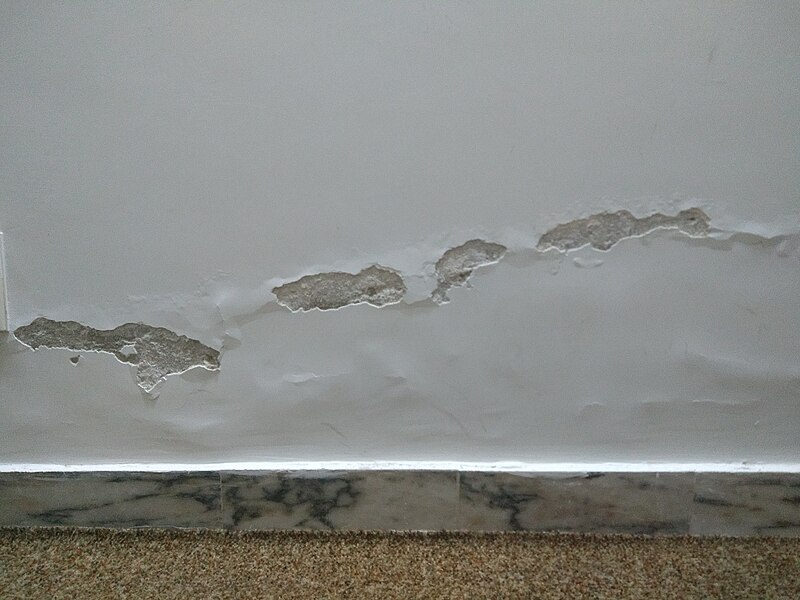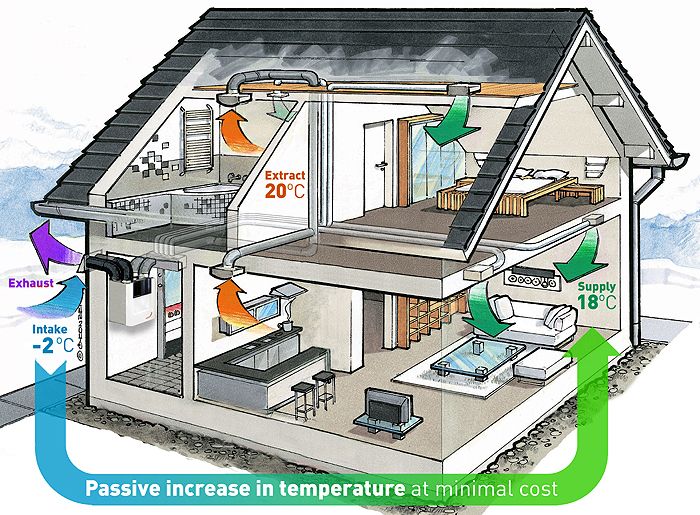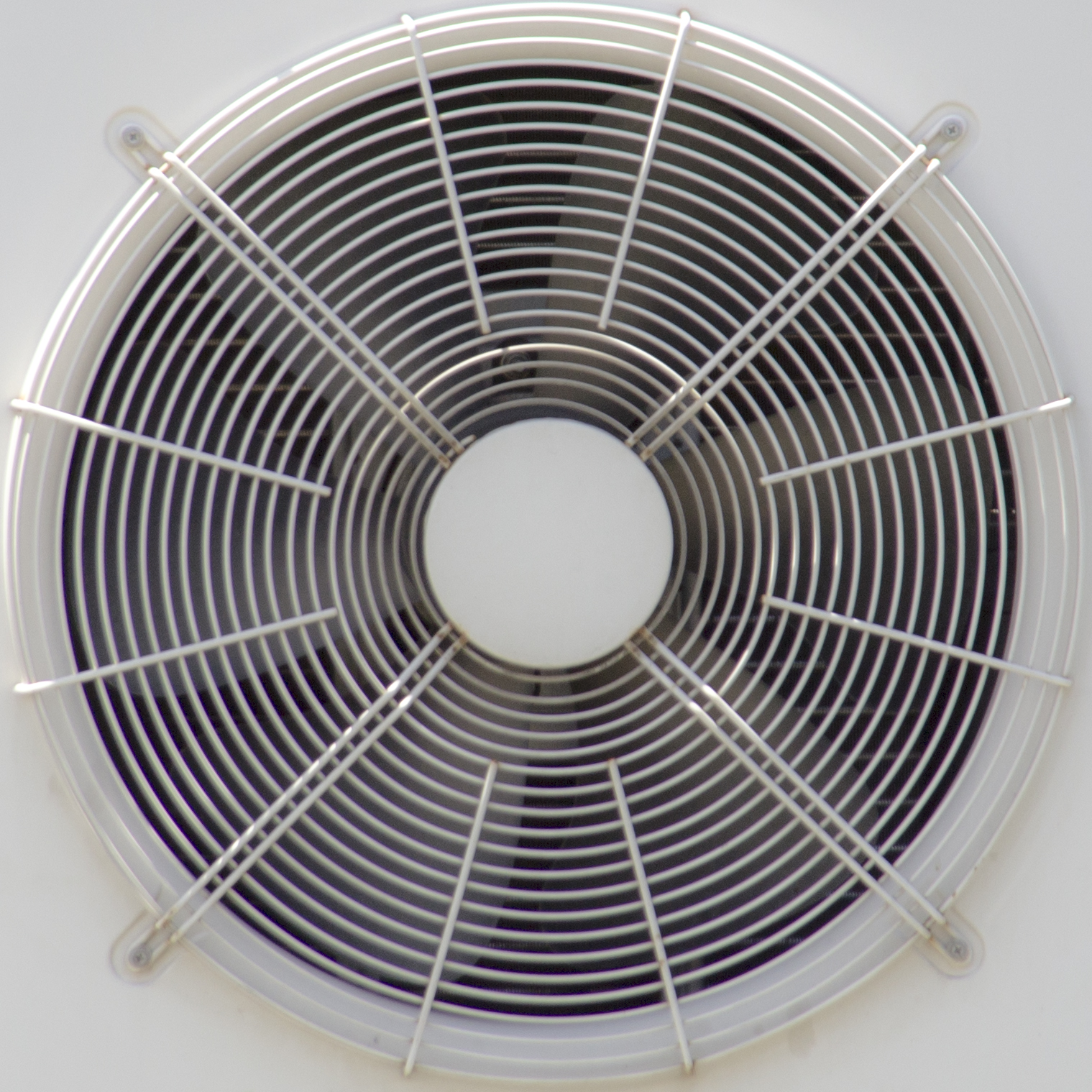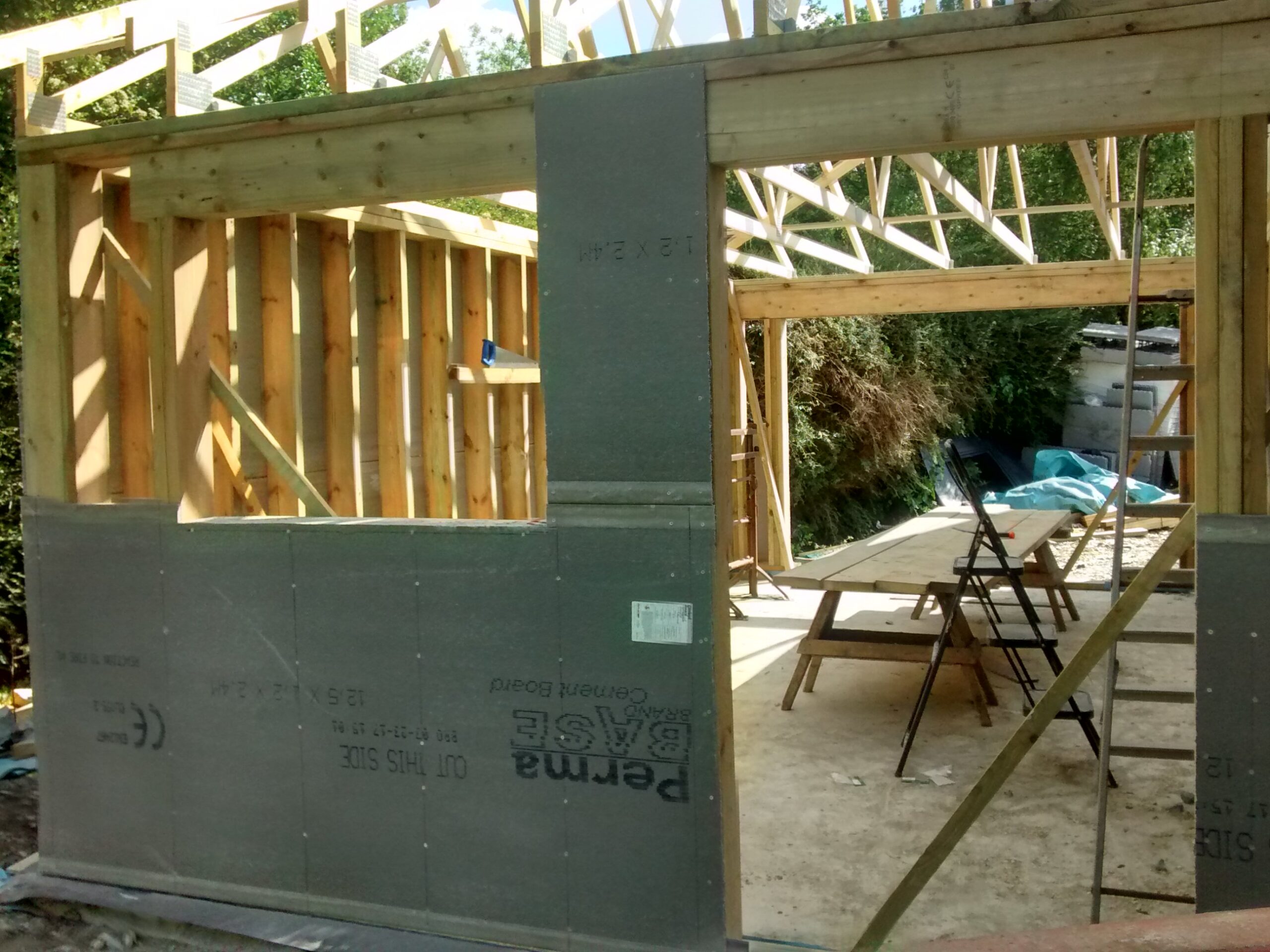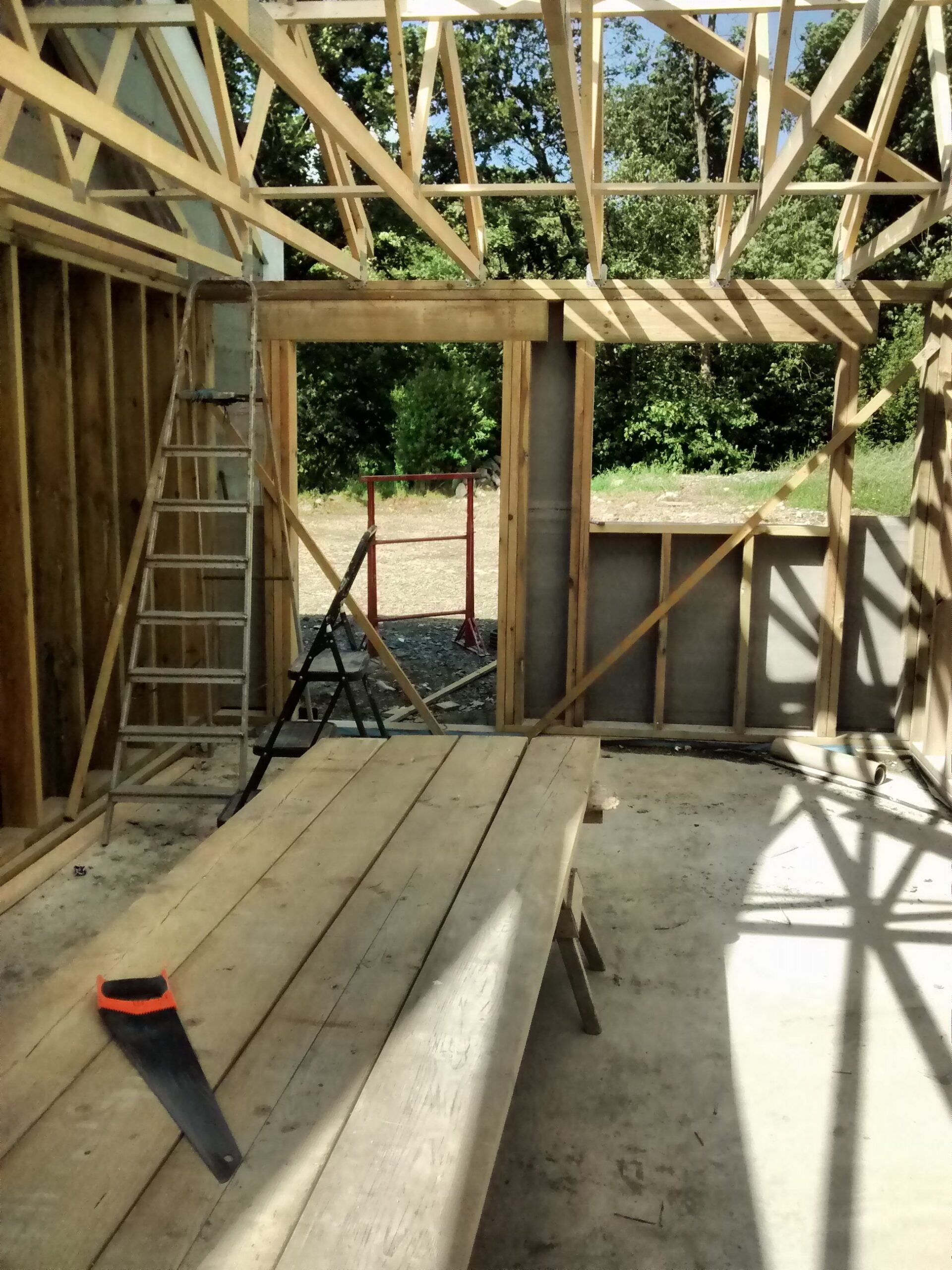Large areas of the UK are enjoying amazingly sunny and warm weather. While temperatures are not rising beyond the low twenties, most of us are feeling hot enough by mid afternoon: shop and cafe doors are open, as are windows in most houses and offices. Perhaps it is appropriate, then, that an entrepreneur with an air conditioning business recently won the UK’s 2025 season of The Apprentice.
While we tend to think of Passive House design as a means to create an efficient—and cheap—way to heat a house, the same can also apply to cooling meaning that passive houses tend to keep their occupants cooler during spells of hot weather than conventionally built houses. The key elements of passive house design (namely, orientation and windows, insulation and airtightness, and ventilation) all play a role.
Orientation and Windows: In an ideal situation, a passive house is built with an orientation that will allow it to benefit from solar gains in winter, through the lower angle of the sun, while maximising natural shade or built-in overhangs to minimise the impact of the hotter, longer hours of sunshine in the summer. Where a builder cannot be so particular about location or orientation, external shades for windows can still be used to great effect and tend to be a more integrated part of life within a passive house than they are in more conventional homes.
(This is a great example of how buildings can help create, as well as reflect, a way of life: think of all the buildings in Europe with external and internal shutters. These work in partnership with the European approach to afternoon heat—think siestas—which is at some contrast to what has traditionally been the British experience of summer—reflected in the lack of shutters in the UK. For someone living in a passive house, using blinds becomes part of a way of being in the building).
Insulation and Airtightness: When we imagine wrapping a building up in layers of insulation, it is easy to imagine that the building will overheat in the summer. However, the main role of insulation is to slow down the rate at which heat moves from one place to another. This means that it will slow down the heat from the outside reaching the inside of your house meaning the house can stay cooler for longer.
Ventilation: The MVHR units on which passive houses depend have a “summer bypass” mode meaning that the heat recovery will not be activated when internal temperatures have reached a certain level. An increasing number of the mechanical ventilation units are also equipped with a cooling capability. These may operate through ground-based pipes (where temperatures are cooler) or through chilled water (or refrigerant) cooling coils. It should be noted that this degree of cooling is not as powerful as. air conditioning but it does bring in fresh, rather than recirculated air, which can make it a healthier option.
